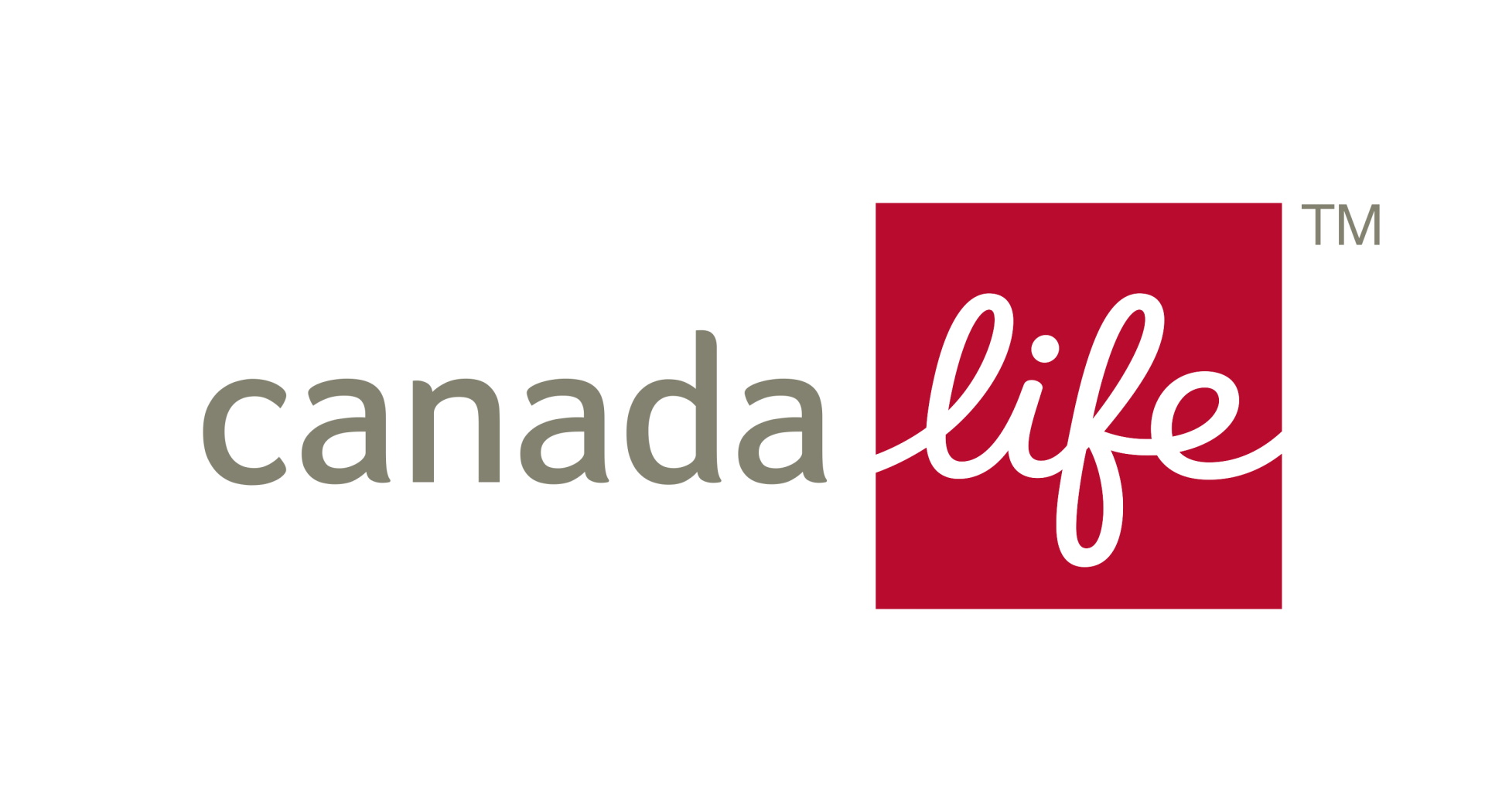If you are looking for the top critical illness (CI) insurance companies in Canada for 2021 you have come to the right place. We know critical illness can be confusing and so our goal with this post is to give you an simplified view of critical illness insurance, and why you should consider CI, how it works and which companies are best. Let’s get into it.
What is critical illness insurance?
Critical illness insurance provides a lump-sum payment to you (tax-free) in the event you become diagnosed with a critical illness. The specific critical illnesses differ from company to company as we will see but for now, know the major illness covered are:
- Heart attack
- Strokes
- Coronary bypass surgery
- Cancer
- Plus many other conditions depending on your coverage
Critical illness insurance works like many other coverages, you pay monthly a specific amount (known as your premium) which gives you a specific amount of coverage (known as the living benefit). In the event, you are diagnosed with one of the conditions in your policy you will receive the living benefit.
For example, James had a $100,000 critical illness policy he paid $64 a month for. James suffered a heart attack and even though he was expected to make a full recovery the insurance company paid him the $100,000 living benefit Tax-free.
Why should you get critical illness insurance?
Critical illness insurance gives you the financial protection you and your family need should you suffer a severe health condition.
With more and more Canadian every year become diagnosed with cancer, heart attack, and strokes, unfortunately, CI is the protection you need. Cancer rates are now 1 in 2 for men and 1 and 3 for women. 9/10 Canadians have at least 1 risk factor for heart conditions, stroke, or vascular cognitive impairment.
The odds are you are more likely going to need it than not. This is why some people refer to CI as the lottery you don’t want to win.
Top insurance associations in 2021
- Assumption life
- BMO Insurance
- Canada Life
- Desjardin
- Empire Life
- Equitable Life
- Foresters
- Humania
- IA
- Ivari
- Manulife
- RBC insurance
- SSQ
- Sunlife
Assumption life
Living Benefits solutions with Assumption life help you focus on providing you protection should something unfortunate happen.
PROS
- No medical exams
- For individuals 18-60
- Term options 15,20,25, or up to age 70
- Electronic application
CONS
- Coverage ranges only from $10,000 to $100,000
- No children coverage options
- No whole life coverage options
BMO Insurance
The Bank of montreal is one of the largest insurance companies in Canada (although this is through their insurance division which receive business through their bank).
PROS
- Term coverage from 10, 20, to age 75 and age 100
- For individuals 18-64
- Plans offer 25 conditions
- Coverage up to $1,000,000
- Whole life insurance option
- Return of premium option available
CONS
- No coverage for children
- No second even coverage
- No non-medical options available
Canada Life
Canada Life might be slightly more expensive than some of the options on this list, however, they do come with some extra benefits.
PROS
- Coverage up to $2,500,000
- For indivudals 18 – 65
- Plans cover 25 conditions
- Instant approval option
- Return of premium options
- Children CI options
- Second event coverage options
- Whole life options
CONS
- Return of premium options are expensive
- Loss of independence options are added as riders to the policy
Desjardin
One of the most comprehensive coverages on our list. Desjardin has made itself a powerhouse in the critical illness space.
PROS
- 26 conditions that offer a full payout
- For individuals 18 – 54
- Partial benefits payout for non-life-threatening options
- No survival periods on most policies
- Whole life coverage available
- Tem options 10,20, to age 75
- Children coverage available
CONS
- No second event coverage options
- Longer underwriting periods compared to other companies
Empire Life
Empire life only offers term options compared to other companies that might offer whole life options. However, Empire offers a unique couple of options.
PROS
- For individuals 18 – 65
- Term 10 and Term 20 options
- Large coverage amounts
- Couples can get a policy that protects both lives
CONS
- No whole life options
- Coverage ends at age 75
- No return of premium options
Equitable Life
PROS
- For individuals 18 – 55
- Coverage up to $1,000,000
- Return of premium options
- Children critical illness option
- Online account access
CONS
- No whole life options
- No second event options
Foresters
Foresters made the list because it is one of the most affordable options out there. However, it not due to strong pricing, it’s due to their lack of benefits. With only 6 conditions this policy is for people looking for basic coverage.
PROS
- For individuals 18 – 55
- Return of premiu option available
- Easy application for low coverage amounts (under $25,000)
CONS
- Coverage up to $100,000
- Only 6 conditions covered
- No whole life options
Humania
Humania is one of the more comprehensive options out there. With a very easy application, most of their coverage can be purchased online.
PROS
- 37 conditions covered
- Coverage ranges from $25,000 to $1,000,000
- Coverage from children at lead 30 days old up to age 60
- Return of premium options
CONS
- Only 3 conditions have a limited pay outcome
- No life time pay options
IA
With so many add-on and rider options that match or beat other company’s offerings, Canadians can tailor-fit a critical illness policy suited to their exact needs. Policyholders also have a “reducing” option which gradually decreases the overall amount of the benefit payment over its early years until it reaches 50% of the original benefit amount.
Industrial Alliance is a perfect fit for those looking to use critical illness insurance to cover mortgage payments.
PROS
- Coverage available for children
- Adult coverage from age 18 – 65
- Comprehensive 25 conditions
- Lifetime coverage and limited pay options
- Decreasing coverage options (for mortgage protection)
- Guaranteed coverage option (to increase coverage later on if needed)
- Generous partial payout options
CONS
- No second event payouts
- No long term care conversion options
Ivari
Ivari is becoming known for taking care of their existing clients. For people who have multiple policies with Ivari, you can add up to $2 million in critical illness coverage as a rider. Which in turn, will save you up to 15%.
PROS
- For individuals 18-55
- Early detection benefits available
- Children coverage options
- 25 conditions covered
CONS
- No limited pay options
- No whole life options
Manulife
Manulife has been a contender in the critical illness space for many years. This holds true going into 2021 as they have a wide variety of options available.
PROS
- Coverage up to $2,000,000
- Whole life options
- 25 conditions
- Return of the premium option
- Limited pay options
- Payment for the temporary loss of independence
CONS
- Some of their riders make plans more expensive
- No children coverage options
- No second even coverage options
RBC insurance
If you are later in life, RBC might not be the best fit for you. However, if you are under the age of 50 RBC offers a rather large amount at a relatively low cost (depending on your term lengths)
PROS
- Coverage up to $3,000,000
- For individuals 18-50
- Can convert coverage into long term care
- Generous partial payouts
CONS
- No life pay
- No return of premium on expiry
- No children coverage options
SSQ
SSQ is a Quebec-based company that has made some massive improvements to its policies in recent years.
PROS
- For individuals age 18 – 65
- Coverage up to $1,000,000
- Term 10,20, 75 and 100 options availbe
- 25 conditions covered
- Return of premium options are available
- Limited pay options
CONS
- No long term care options available
- Return of premium options are expensive
Sunlife
Sunlife might be the company on this list that has spent more time and money on online advertising than anyone else. With that, they have taken a look at what clients are looking for when it comes to CI and they, in turn, have a very comprehensive option.
PROS
- 26 conditions
- No survival periods on most of their policies
- Whole life options
- Limited pay options
- Children coverage available
CONS
- Limited options for short term coverage
- Longer approval periods than some companies on this list
















